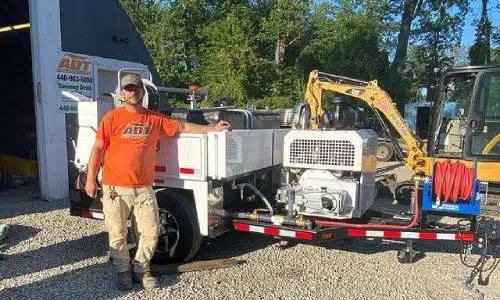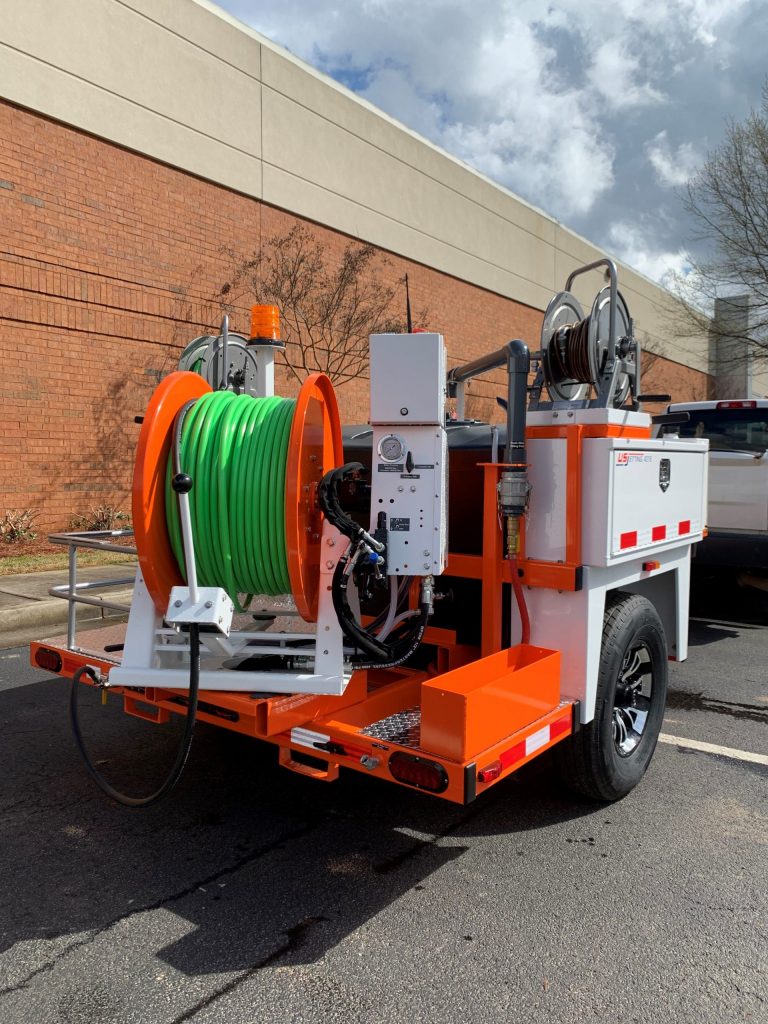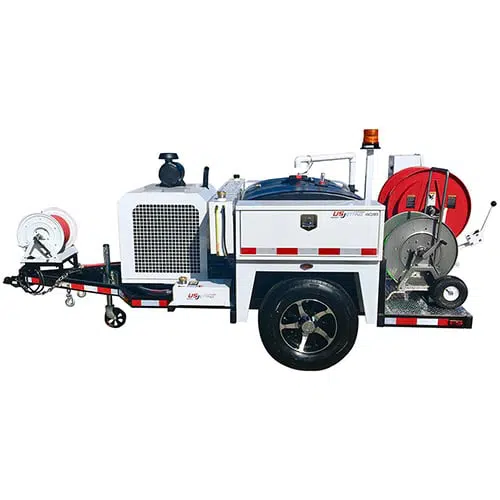
It’s the Most Wonderful Time of the Year…To Check Your Pump
As we head into winter, it becomes increasingly important to regularly service and maintains your jetting unit, so your jetting company doesn’t have to contend

If you’re just getting started in the jetting industry, it’s important to know the basics about any job you want to tackle.
Most jet operators rely heavily on their camera system in order to fully view the pipe. By camming the line prior to jetting, you know exactly what you’re up against and where the blockage is in the pipe. It’s also extremely useful to camera the line after jetting to use as proof for your customers to know that their pipe was entirely cleaned.
Now you’re ready to jet!
For more information, reach out to your US Jetting representative or watch any jet operational videos (such as Jetting Basics https://www.youtube.com/watch?v=FjZoHJz7_zE&t=1s) on our Youtube channel.

As we head into winter, it becomes increasingly important to regularly service and maintains your jetting unit, so your jetting company doesn’t have to contend

Having spent a few years as a jetting contractor and manufacturing hydro jetting units for the last 35 years, I have come across all sorts

Main Office:
850 McFarland Pkwy, Alpharetta, GA 30004 Local: 770-740-9917 | Fax: 770-740-0297
California Location:
13571 Larwin Circle, Santa Fe Springs, CA 90670 Sally Woodhead: 404-936-1718 | 562-376-4656